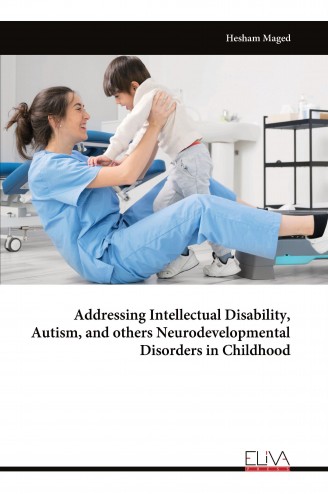
Addressing Intellectual Disability, Autism, and others Neurodevelopmental Disorders in Childhood
$ 49.5
Description
The book talks about the most serious disability who face childhood, While a variety of studies focus on the multiple potential risk factors for intellectual disability, few have comprehensively examined the groups most at risk. Our review indicates that the risk is higher in cases of lower socioeconomic status, ethnicity, teenage motherhood, adolescent mental illness, and alcoholism. This highlights the target of desirable strategies. These include identifying and monitoring atrisk groups before, during, and after pregnancy, as well as the potential for new developmental disabilities in children, improved antenatal, perinatal, and neonatal health care, increased survival of very low-birthweight infants, identification and treatment of metabolic causes of intellectual disabilities like phenylketonuria, better childhood education, access to cardiac surgery for children with Down syndrome, improved lifestyles, and access to health care. Revised diagnostic guidelines those in the forthcoming ICD-11 have focused on enhancing clinical utility and international applicability. These characteristics of the classification are expected to improve early and accurate diagnosis of disorders of intellectual development, thereby permitting a greater number of persons to be eligible for treatment Although effective psychosocial and pharmacological interventions are available for management of challenging comorbid psychopathology in affected individuals, these often depend on specialized Behavioural interdisciplinary teams, a luxury in most settings across the world. Future research should focus on improving universal accessibility of biopsychosocial services across the lifespan.
